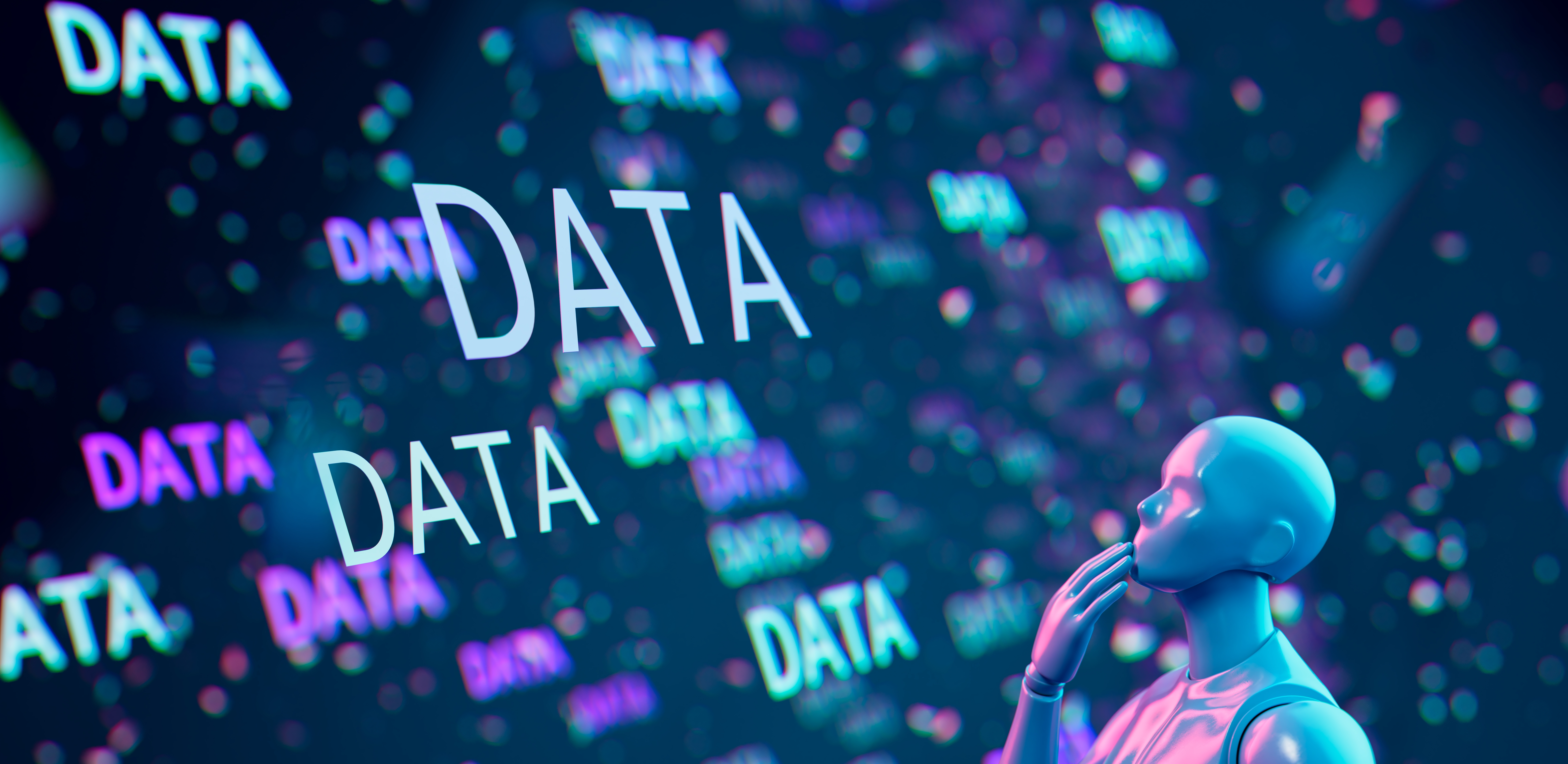
There will come a time when machine learning algorithms normalize within the developer stack. Today, machine learning is a growing specialization in computer science. Like the application program interface (API) layer, the science inherent in machine learning likely will permeate automated computer functions and become the norm rather than the latest fad. The benefits are myriad — from more personalized shopping to self-driving cars.
What is machine learning?
“Writing a computer program is a bit like writing down instructions for an extremely literal child who just happens to be millions of times faster than you.” — Avrim Blum, Machine Learning Theory, Department of Computer Science, Carnegie Mellon University
Some of the most sophisticated algorithms are behind our quest for the ultimate self-learning machine. At a basic level, machine learning is a recursive script that allows the computer to learn from past behaviors. At a more sophisticated level, it’s a compilation of algorithms and statistical models that computer systems use to perform specific tasks without explicit instructions.
Machine learning is often confused with artificial intelligence (AI). In fact, machine learning is one of the building blocks of a true self-learning AI platform. Today, writing software from scratch is a bottleneck; however, machine learning could help businesses push through the bottleneck to true digital transformation.
Developers apply machine learning algorithms into technology that we interact with every day. These recursive algorithms allow the machines to respond in ways that seem more human. When you interact with these platforms, the underlying code reviews available programmed data and sends queries to other applications. It then reviews your related queries and prior responses to generate a response.
Today, you interact with these programs in a variety of ways:
- Smartphones or home personal assistants (e.g., Alexa or Siri).
- GPS navigation services.
- Video surveillance.
- Social media news feeds.
- Spam filtering and IT security infrastructures.
- Online customer service bots.
These are just a few of the most common daily human interactions with machine learning; however, the science of using it is still rudimentary. New breakthroughs in these algorithms are ongoing and it is theorized that we will eventually attain more intuitive software that will drive cars, fly planes, and perhaps, run the world.
Elements of machine learning
Machine learning, like the concept of AI, has been around for decades. It’s a work in progress, of course, but that work is behind some of today’s most common consumer applications.
There are currently four types of machine learning:
- Supervised or inductive learning algorithms that produce desired, measured outputs and boundaries. You see this in trend forecasting, stock trading, and price prediction models.
- Unsupervised learning algorithms produce responses not directly controlled by the developer. Although the output can be segmented and studied to tweak and improve the underlying code, the output itself is uncontrolled.
- Semi-supervised machine learning algorithms use sample data to train the response. You see this in programs incorporating speech analysis and content aggregation systems.
- Reinforcement machine learning algorithms are the most sophisticated and closest to AI. These programs improve by learning from incoming data, regardless if its labeled or unclassified.
Within each type of machine learning lies a series of programming algorithms that give a computer the ability to learn without being explicitly programmed. Some scientists say that machine learning will eventually make software developers obsolete; by 2040, they say the machines will simply use these algorithms to develop themselves.
Normalizing machine learning in IT functions
Data normalization is a technique in machine learning theory. The idea is that all data must be standardized before it can be manipulated. But we are suggesting a new use for the concept of normalization — that machine learning will be standardized as part of the normal developer toolkit. The basic programming algorithms would then enable the computer to create its own codebase.
Therein lies the big difference between traditional programming and machine learning. Programmers hard code programmatic behaviors. But when a machine learning algorithm is thrown in, the machine reviews internal and external data to respond to the end user.
Machine learning is a supplement to a line of standardized code. But a predictive algorithm in the form of machine learning completely changes the level of work for the programmer. Instead of developing a stand-alone algorithm, historical data must be collected and applied to the algorithm to create a more automated response. It is this efficiency that will propel machine learning algorithms into a standard tool found in every developer stack in the coming years. Programmers likely will gravitate toward these tools to make their applications more intuitive.
Contact Windsor Group Sourcing Advisory today to find out more about the benefits of machine learning in today’s tech-advanced business climate.

